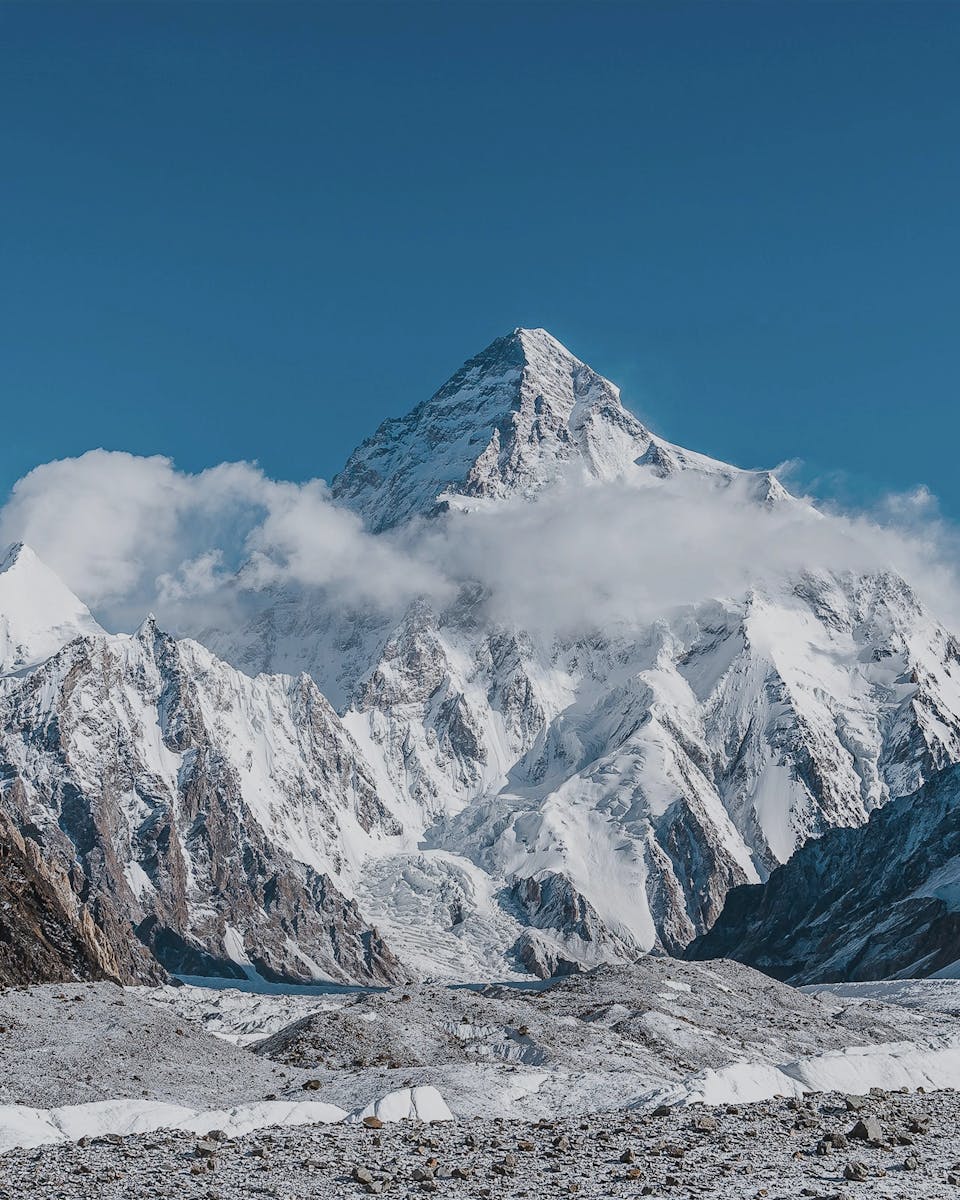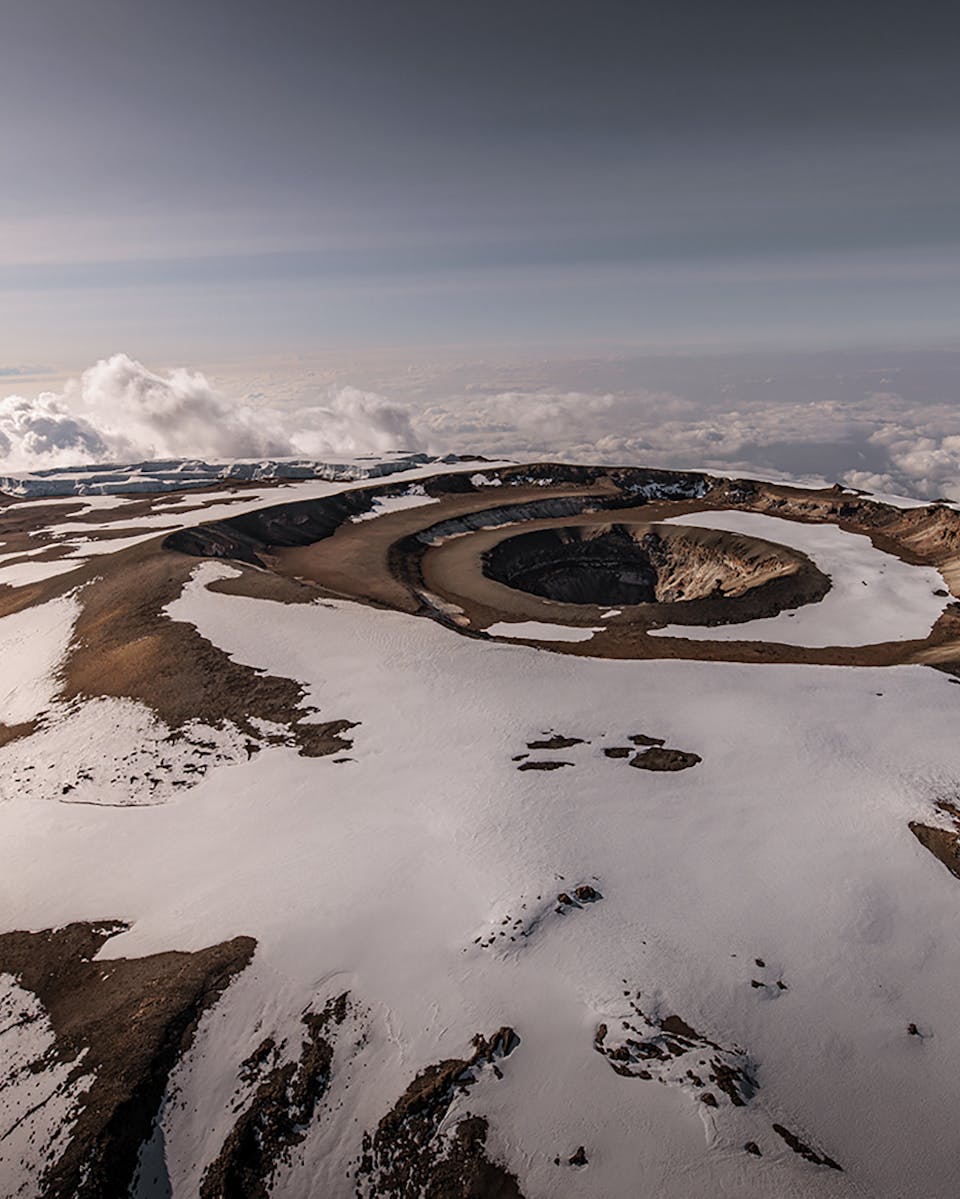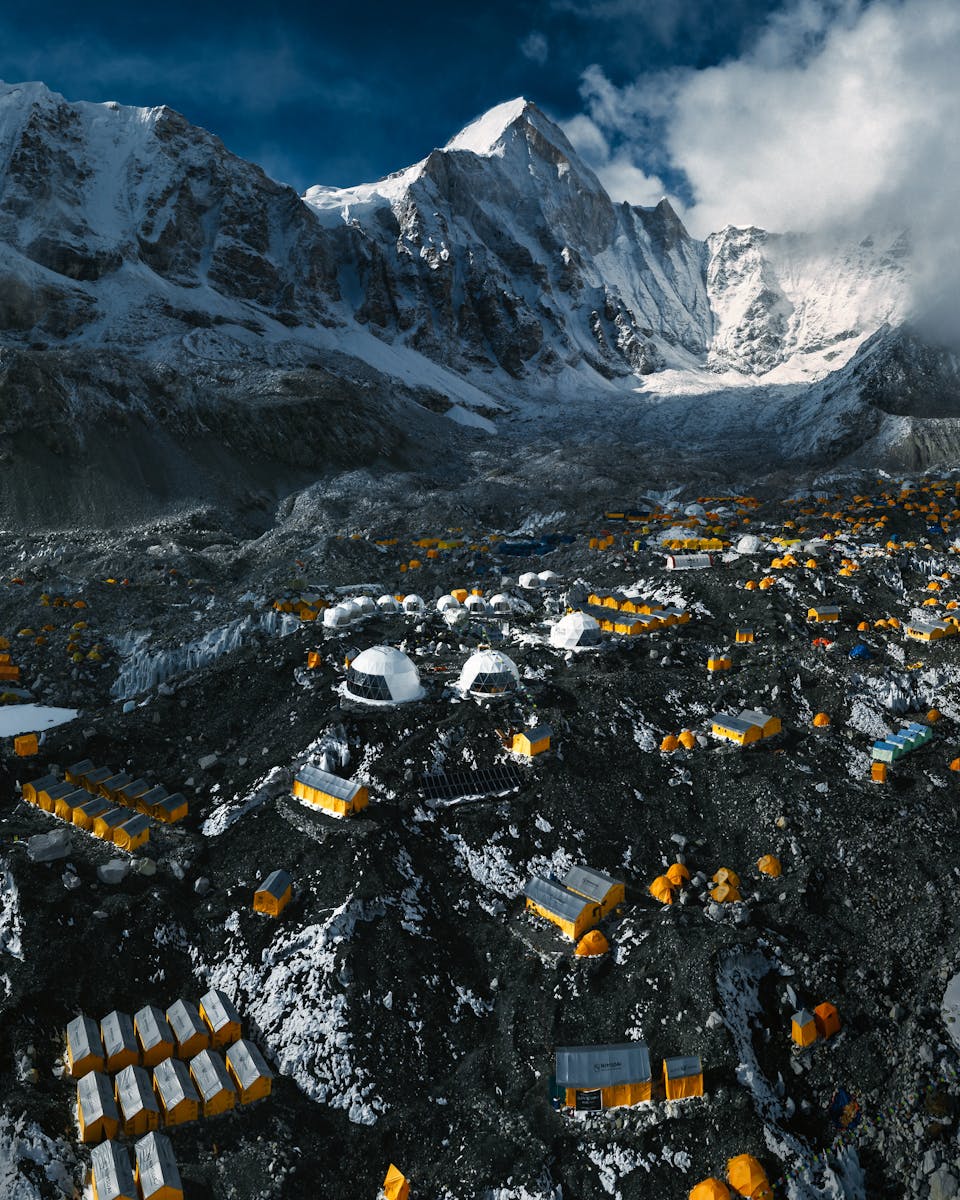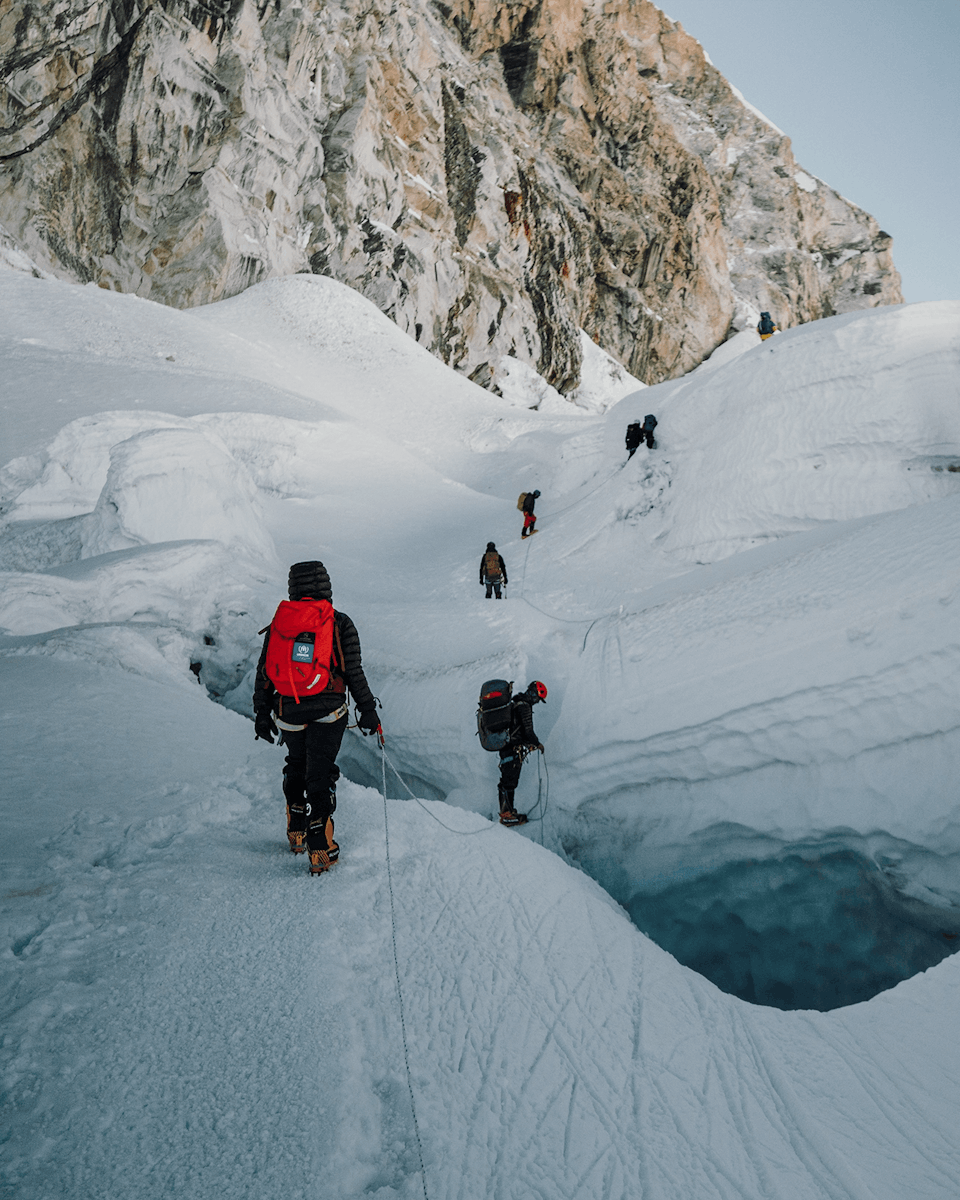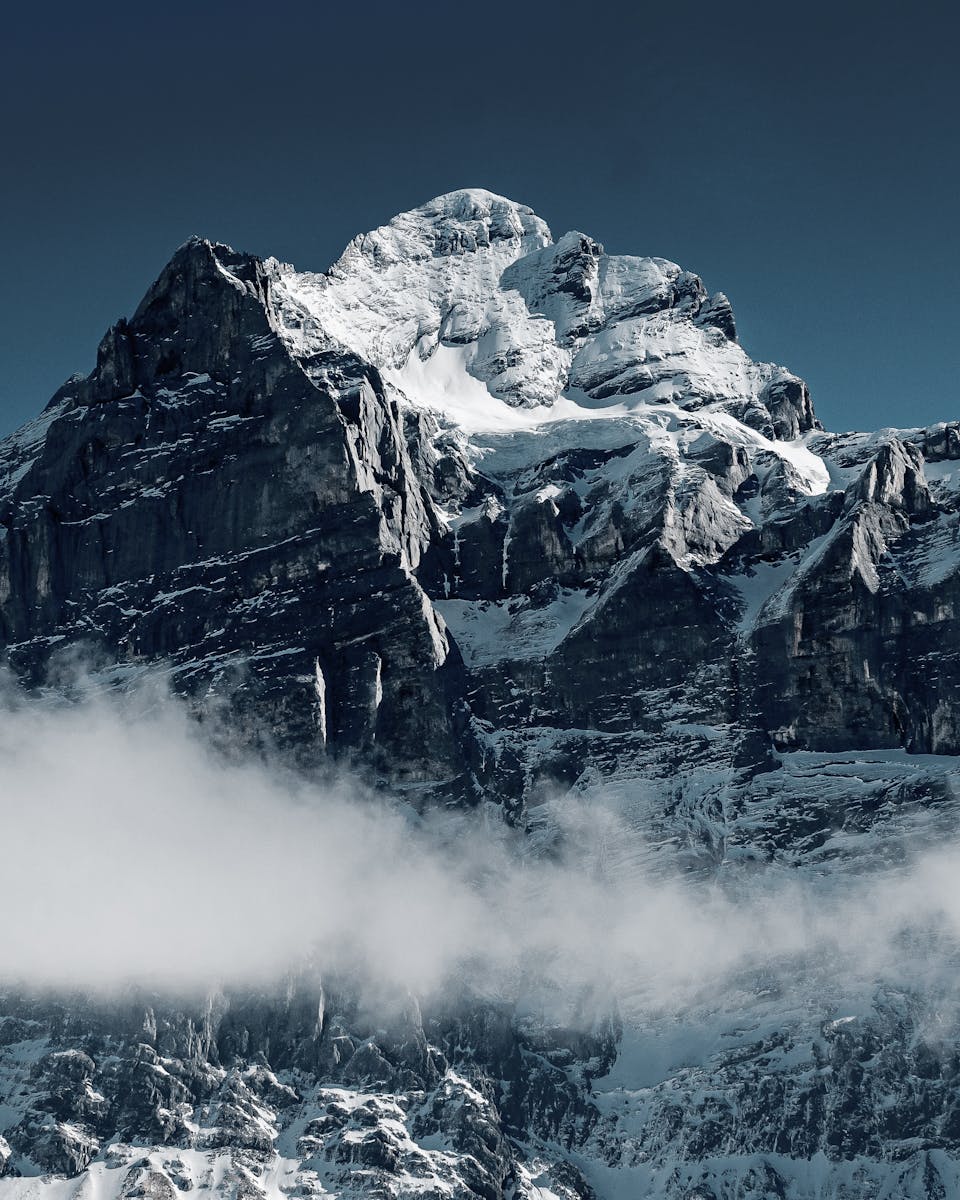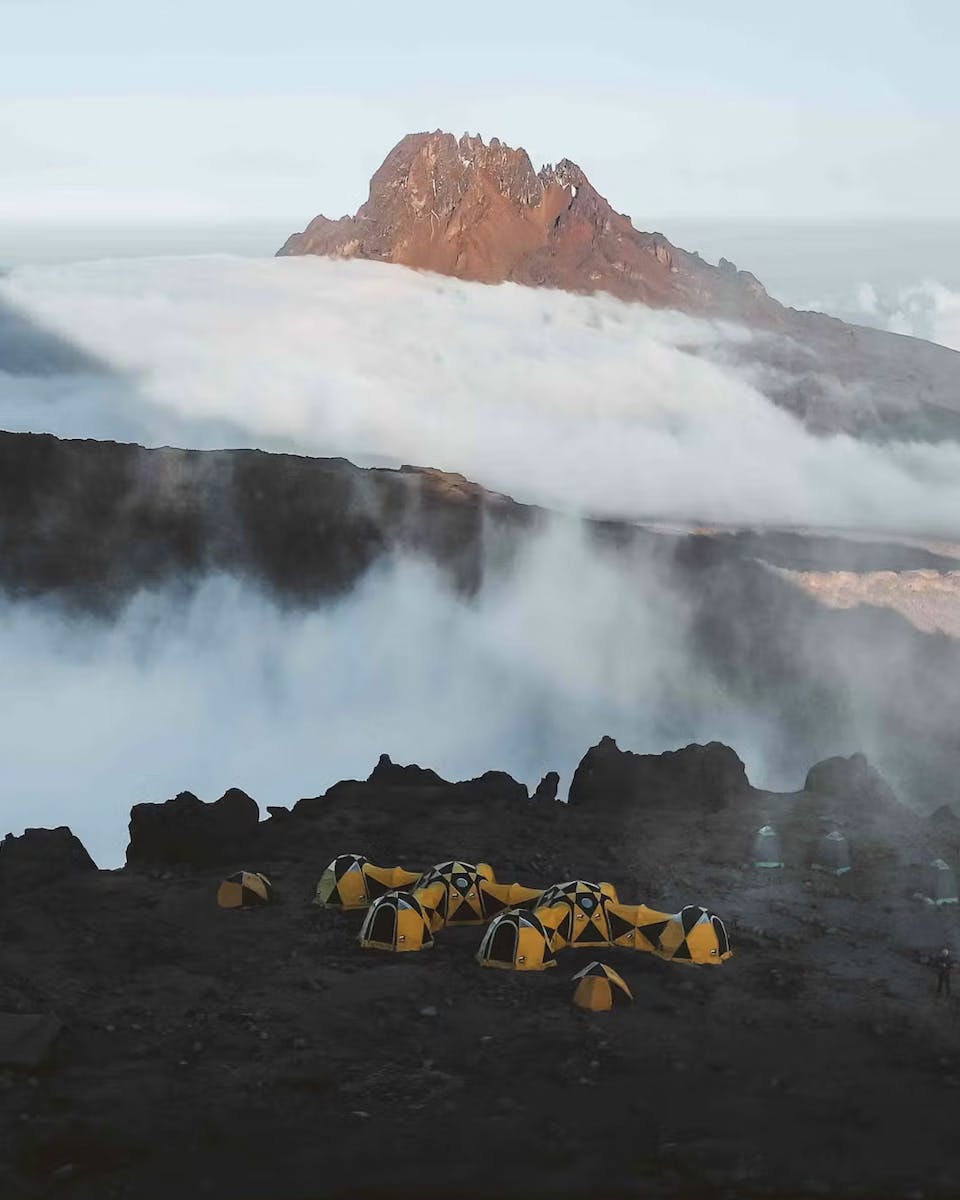Spring (March to May)
March to June is widely considered the best period to take on the Everest trek and is known as Everest climbing season. During this time, the harsh winter weather begins to subside and the temperature warms. As the spring months pass, high-altitude winds known as the jet stream begin to move away from the mountains, and rainfall remains low and steady, averaging at around 7mm at base camp.
With this temperature change comes longer periods of sunlight, clearer skies and better visibility for your climb. Plus, in spring time you’ll be able to enjoy the blooming rhododendron forests, making the epic Everest landscape that little bit greener.
May is widely considered the best month to climb Mount Everest. Temperatures are warm, the jet stream has completely moved away from the mountains, and there's still a month or so to go until monsoon season begins.
According to Dale Remsberg, the technical director for the American Mountain Guides Association, May is the time of the year when you have “the highest chance of getting to the summit”. The minimal rainfall, low prevailing winds, good visibility and warmer temperatures makes May and its preceding months the safest and best time of year to climb Mount Everest.



